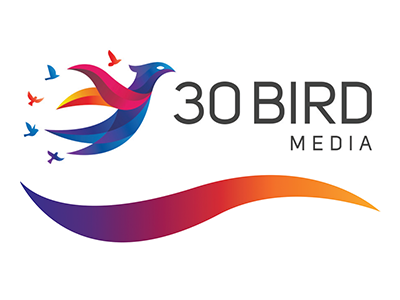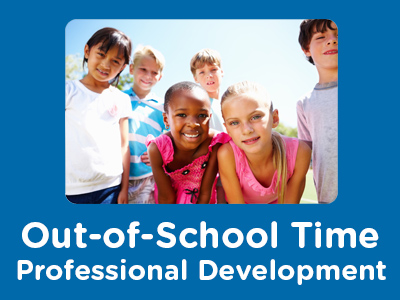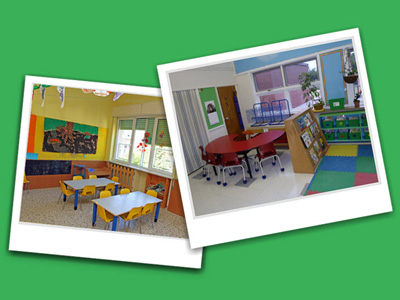 |
Organizational Communication: Power, Politics, and Diversity |
0.75 |
Power is the ability to influence someone to do something that they would not do without encouragement. Various types of power and power strategies depend on the level of influence. The existence of different levels of power in an organization gives rise to organizational politics.
Politics can arise between individuals who differ from each another. To avoid confrontation arising from differences, it is important for people to recognize the benefits of diversity within their organization.
In this course you will learn to: identify different levels and types of power, identify strategies to manage diversity and to communicate in different cultures, and identify the steps and guidelines for empowerment. |
 |
PMP® Certification: Passing the 2021 Exam |
40.00 |
PMP® Certification: Passing the 2021 Exam provides the basic knowledge needed to learn the concepts and skills necessary to pass the 2021 Project Management Professional (PMP) exam administered by the Project Management Institute (PMI). It is intended to be used alongside the PMBOK® Guide, Sixth Edition, which is useful as an ancillary reference and glossary.
The new release of this course (R2.0) includes a new chapter on agile approaches to, and tools for, the project life cycle. These methods address projects that require an adaptive project environment, iterative activities, and changing requirements. The standard example of adaptive project needs is that of software development and revision; however, agile methods are used today in many different project environments, from architecture to medical equipment and services. The new chapter (Managing projects with agility) was inserted at the end of the book. There were no other changes to the rest of the content, including the Exam Prep add-on.
This course assumes that you have project management and other educational experience, as required by PMI, in order to take the exam. In addition, it’s expected either that you have already applied to take the exam, or that you plan to do so while taking this course or shortly thereafter; this course contains instructions for doing so. |
 |
Designing Effective Indoor Play and Learning Environments for School-Age Programs |
2.00 |
Planning effective environments is the first step to planning an effective program. When environments are attractive, interesting, and comfortable, they provide a backdrop for a varied program that can address the developmental needs of school-age children. The look and feel of well-planned environments send messages that let children know they are welcome and valued. They are inviting and encourage children to get involved and stay engaged with program activities and experiences. |
 |
Course 15: Designing Effective Indoor School-Age Play and Learning Environments |
2.00 |
Planning effective environments is the first step to planning an effective program. When environments are attractive, interesting, and comfortable, they provide a backdrop for a varied program that can address the developmental needs of school-age children. The look and feel of well-planned environments send messages that let children know they are welcome and valued. They are inviting and encourage children to get involved and stay engaged with program activities and experiences |
 |
Making Plans and Developing Policies |
2.00 |
Planning and policy-making are closely linked to the development of quality school-age care programs. When school-age staff are skilled as planners and policy-makers, they can use these skills to design and implement high quality programs that benefit children, youth, and families. It is essential for school-age care professionals to recognize that it is important for policies to grow out of a vision of quality, and a mission that supports that vision. Therefore, creating a vision for quality, developing a program philosophy, and writing a clear mission statement are the first steps in program planning. It is also important for school-age care professionals to use a systematic process to develop goals and objectives, set priorities for accomplishing goals and objectives, and develop goal-based action plans that will help the school-age program achieve its mission. High quality school-age programs are led by professionals who understand how to use effective strategies for creating a continuous cycle of planning and evaluation that supports ongoing program improvement. |
 |
Course 29: Making Plans and Developing Policies |
2.00 |
Planning and policy-making are closely linked to the development of quality OST programs. When OST staff are skilled as planners and policy-makers, they can use these skills to design and implement high quality programs that benefit children, youth, and families. It is essential for OST professionals to recognize that it is important for policies to grow out of a vision of quality and a mission that supports that vision. Therefore, creating a vision for quality, developing a program philosophy, and writing a clear mission statement are the first steps in program planning. It is also important for OST professionals to use a systematic process to develop goals and objectives, set priorities for accomplishing goals and objectives, and develop goal-based action plans that will help the OST program achieve its mission. High quality OST programs are led by professionals who understand how to use effective strategies for creating a continuous cycle of planning and evaluation that supports ongoing program improvement. |
 |
Outdoor Personal Protective Equipment (PPE) |
0.50 |
Personal protective equipment, commonly referred to as “PPE,” is equipment worn to minimize exposure to various hazards. Examples of PPE include gloves, foot, and eye protection, protective hearing devices (earplugs, muffs), hard hats, respirators, and full-body suits. This course covers protecting yourself from hazardous work-related activities with Personal Protective Equipment. |
 |
Managing Performance: Performance Management Basics |
1.00 |
Performance management is a process that allows for ongoing communication between employees and managers that results in employees striving for, and reaching, their potential.
In this course you will learn to: define performance management and identify its common pitfalls, understand the importance of creating a performance management plan and the steps involved in establishing a plan, and identify the process for discussing and creating an effective job description. |
 |
Coaching: Coaching Diverse Employees (Instructor Guide) |
1.34 |
People are different. Beliefs, behavior, learning pace, and personality vary from person to person. Some employees require extensive support to complete a project, while others perform better with fewer guidelines and more control. Still other employees need constant motivation to keep them focused on achieving goals.
As a coach, you must assess each employee’s situation, and determine the most effective coaching approach to implement. This versatility will help you recognize your employees’ needs, improve your communication skills, and make you a better coach.
In this course you will learn to: motivate employees by identifying their individual personality types, and build trusting relationships between employees and their coaches.
This Instructor's Edition of this course includes notes and suggestions to assist you in presenting the material, whether in an in-person classroom setting or as an instructor-led online or distance-learning course. It also provides you with the answers to questions found in mid-lesson activities, as well as in the quiz that concludes the course. |
 |
Coaching: Coaching Diverse Employees |
1.34 |
People are different. Beliefs, behavior, learning pace, and personality vary from person to person. Some employees require extensive support to complete a project, while others perform better with fewer guidelines and more control. Still other employees need constant motivation to keep them focused on achieving goals.
As a coach, you must assess each employee’s situation, and determine the most effective coaching approach to implement. This versatility will help you recognize your employees’ needs, improve your communication skills, and make you a better coach.
In this course you will learn to: motivate employees by identifying their individual personality types, and build trusting relationships between employees and their coaches. |











